When people start using positive reinforcement correctly, they’ll soon notice that their horse is more enthusiastic and more engaged in their clicker training than in their other training. Trouble starts…
Starting with Clicker Training
At first most people choose a fun or easy behaviour to teach. Maybe they start with some trick training and before they know it, they have a very engaged horse. Their horse has discovered that he ‘suddenly’ (in his eyes!) gets treats! Yes, of course that get his attention! He wants more!
Struggles due to Clicker Training
- Your horse starts to mugging for treats or is very focussed on them and can’t concentrate on anything else
- He starts to show off his new tricks (or behaviours), even when not asked. This can be annoying, distracting and sometimes potentially dangerous (an un-cued Spanish Walk during grooming for instance)
- Your horse stops doing what he was doing, because he expects a treat and he’s performing less
- He offers less quality behaviours once you stop offering treats. Treats can become a bribe and no one likes that, so most trainers stop giving treats and then the horse doesn’t understand why the ‘system’ is broken.
Teaching Your Horse the Principles of Positive Reinforcement
When you teach your horse the Principles, you give him clarity and you prevent a lot of frustration.
How you can help your Horse
- Teach your horse to pay attention to the click. It’s the click that predicts the reward, not your hand in your pocket. When that happens and he starts mugging: click before you reach for a treat.
- Teach him an End of Session signal, so that there will be no doubt about when and when not to expect food rewards
- Put behaviours on cue as soon as they are 90% solid and then stop clicking and offering treats for spontaneously offered behaviours. This way your horse starts to pay attention to your cues and stops offering the newly trained behaviour spontaneously all the time. This prevents frustration in your horse
- Fade out clicks once the behaviour is solid and on cue
- Change from 100% reinforcement schedule (reward slighted try) to intermittent or variable reward schedule (only best behaviours get reinforced)
Do I need to switch over to 100% Clicker Training?
When people run into struggles like above, they get hesitant to implement (more) positive reinforcement (R+) in the rest of their training.
I would like to say: solve the struggles you encounter first, so you get confident in your skills. Then decide if you would like to use clicker training in other areas of your training.
I like R+ very much, because it’s really a good two-way communication with your horse. Trainers have to listen, otherwise they won’t get the results. When the horse is not doing what they, want they have to do a little detective work: why isn’t the horse doing what you want? Doesn’t he understand it (are you making the steps too big? That’s called lumping), is he nervous or fearful (how to make him calm), are you clear? And so on.
You don’t need to switch over to 100% clicker training in order to have a good relationship with your horse. I will share how you can do both, but first I would like to explain why you can use traditional/NH with clicker training together. Something you see more and more.
Don’t mix R- and R+!
I don’t recommend mixing R- (negative reinforcement) and R+ in training one behaviour.
Why not: understanding ‘motivation’
There is only one motivation at play: it’s either positive reinforcement OR negative reinforcement.
The horse either does the behaviour because he wants something: an appetitive. This is R+. Or he does something to avoid an unpleasant consequence: an aversive. This is R-.
When we would use pressure to ask our horse to lower his head, it’s the need to avoid pressure that makes him do so. Giving your horse a click & treat on top of that doesn’t change the fact that he’s behaving in order to avoid something really unpleasant that you are applying! No matter how big the food reward afterwards is: you have just taught your horse to respond to negative reinforcement.
Confusing your horse when mixing R+ and R-
In positive reinforcement we:
- Encourage the horse to offer behaviour
- Want the horse to take initiative (we can only reinforce after the behaviour)
- Add a cue once the behaviour is trained
- He horse expects something really pleasant to happen when he’s offering behaviour. This is a mental start that makes him feel good
In negative reinforcement we:
- Want the horse to respond to us and do ‘nothing’ unless we tell him to do something (usually the horse’s initiative is systematically punished in the past)
- The horse must wait for our command (pressure)
- so that we can release it (reinforcement!)
- The anticipation on the aversive, becomes the command. The horse responds before the aversive is applied: He feels a light pressure from your leg and anticipates already on the aversive that will follow when he won’t move forward. This is a mental state: expecting something unpleasant to happen.
When we add appetitives (things the horse wants, like a treat) after something unpleasant has happened (aversive in order to make the horse do what you want), the horse can become really confused.
It can happen that the treat becomes ‘poisoned’. The connection of enjoying the treat can become so intertwined with the aversive that he wants to avoid, that he really gets confused. When that happens, trust disappears.
Example: Going to the Dentist
Imagine you need to the dentist. You’re scared because your teeth hurt and feel nervous about what the dentist might do to you.

In positive reinforcement the trainer would give you something wonderful (compliment, money, cookie) when you’re willing to say the word ‘dentist.
Then make it a bit more challenging and give you something worthy when you would call the dentist to make an appointment (you don’t have to go yet!).
Every step towards the goal behaviour (lying in the chair with your mouth open and be able to relax and let the dentist do his job to help you). Receiving the appetitives makes you feel good! Going to the dentist when you want, makes you feel in control and makes it not so bad. Right?
When you would use negative reinforcement the trainer would apply an aversive (pook you in your ribs) until you say the word dentist. Now the fearful word is also connected to a physical feeling: the poking in your ribs.
Next time the trainer wants you to pick up the phone. You’ll be poked until you do so.
Also for making the appointment you’ll be poked in your ribs until you’ve done it.
By the time you are in the dentist chair a lot of aversive things happened that made you go there. These are now associated with the dentist. You’re in the chair because the trainer made you. How would you feel? Confident? Relaxed? Would you like it?
Using R- first and adding R+ would be like the second example. Only you would get a treat every time you would listen to your trainer.
I truly believe that it wouldn’t make the aversive less aversive because the trainer would apply more when the learner wouldn’t listen (that’s the principle of R-: the aversive *must* be aversive or arouse aversive feelings in order to make it work)!
Receiving something wonderful after something bad happened consistently (poking in your ribs) doesn’t make the bad feeling go away or make it less. It will do something else: It will make the wonderful experience of receiving an appetitive change! You wouldn’t care about the money/the cookie/the compliment after you’ve been poked in your ribs to get in the dentist chair! You would happily give up the good in order to avoid the bad (self preservation). The reason you took action was because of the aversive (R-)!

How to use Positive and Negative Reinforcement in training
When you start clicker training and seeing results, you might be worried that you need to do everything with R+. I don’t think you need to.
I do recommend using either using R+ to train a behaviour or R-. Don’t combine them when you train one behaviour. Give your horse clarity when to expect aversives (riding, in the arena etc) and when to expect appetitives (trick training, grooming). Be clear!
Do you struggle with this? Book a free connection call and we can talk about how I can help you get clarity in clicker training. No one switched over to clicker training in a day! All their horses turned out great!
When you’re ready to do more with clicker training, join our community!
Do more with Clicker Training!
Are you a compassionate horse owner who wants to build a strong friendship with your horse? Would you like to understand your horse better and help your horse to understand YOU better? Get access to high quality online training and a fabulous, supportive R+ community in our HippoLogic Clicker Training Academy. Check out the link!
Want to do more with Clicker Training?
Join the HippoLogic Academy! I coach and support you personally getting your dream results with positive reinforcement, so that you can bond with your horse in the process. Create a connection build on mutual trust and understanding, a clear two-way communication built on love. Click the image to go access the application form ↓

Not sure? Start with a free clicker training assessment to get taste of what it feels like to work with me. When you have a specific struggle that you want to overcome, don’t hesitate to contact me.
In this assessment you’ll discover what’s holding you back from accomplishing the things you want with your horse. After our conversation you’ll know exactly what to do, in order to move forward towards your goals.
Happy Horse training!
Sandra Poppema, B.Sc., founder of HippoLogic & HippoLogic Clicker Training Academy

Join us!


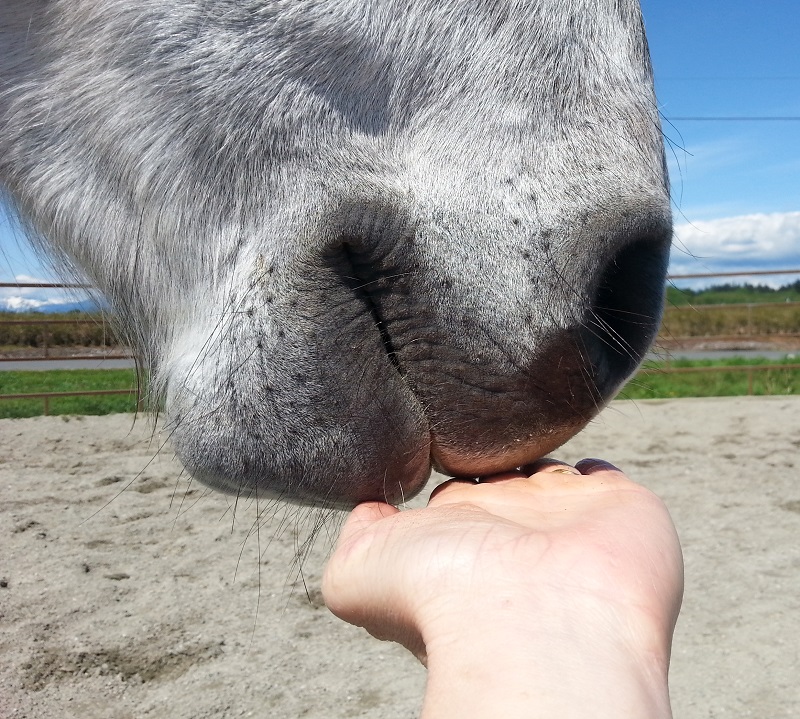







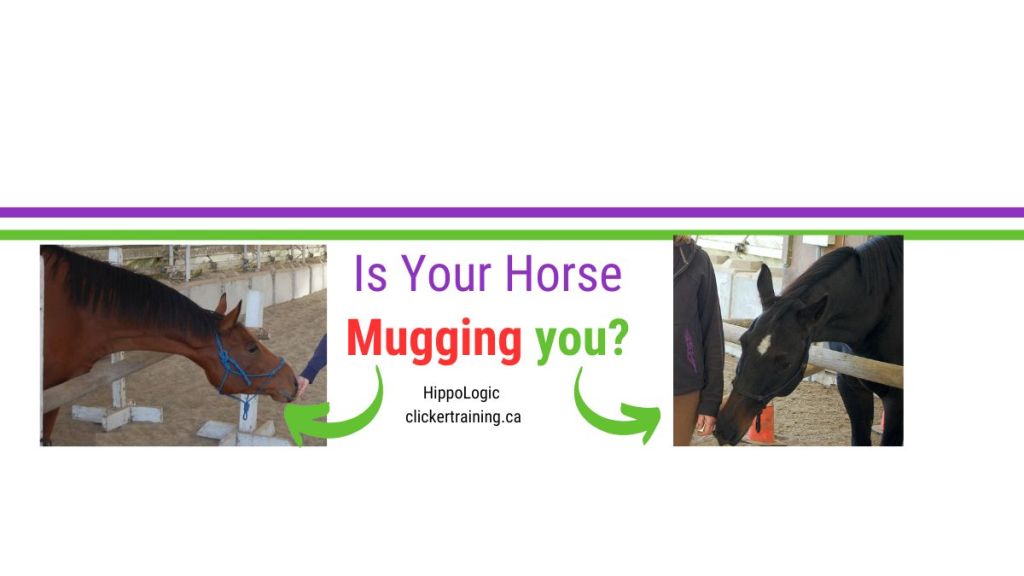
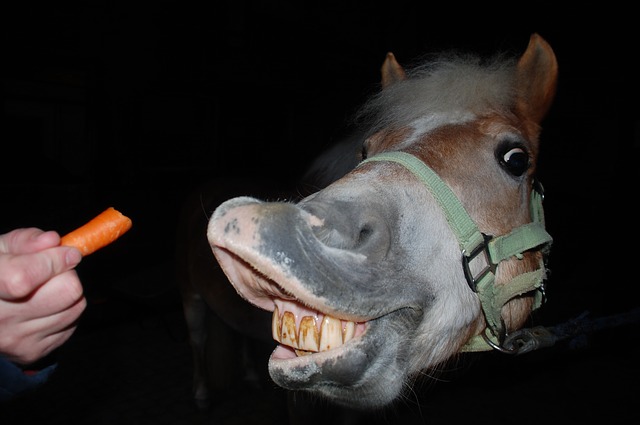
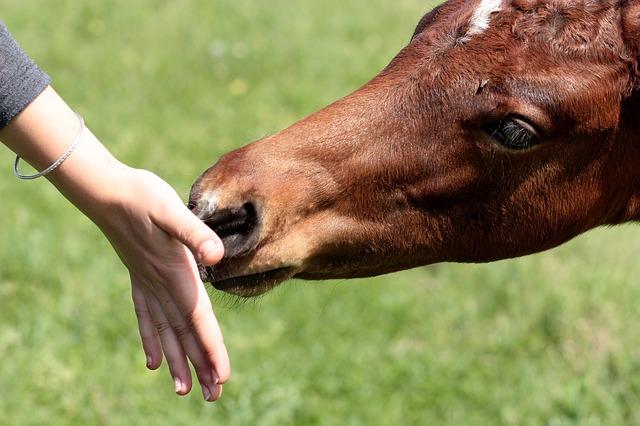
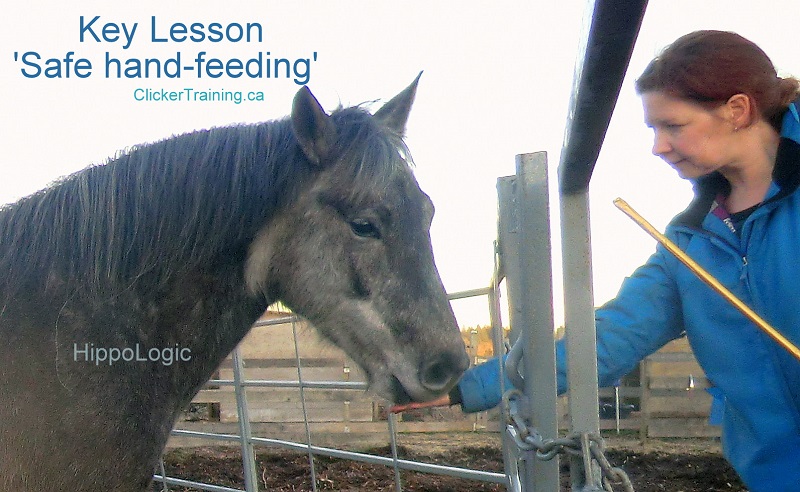

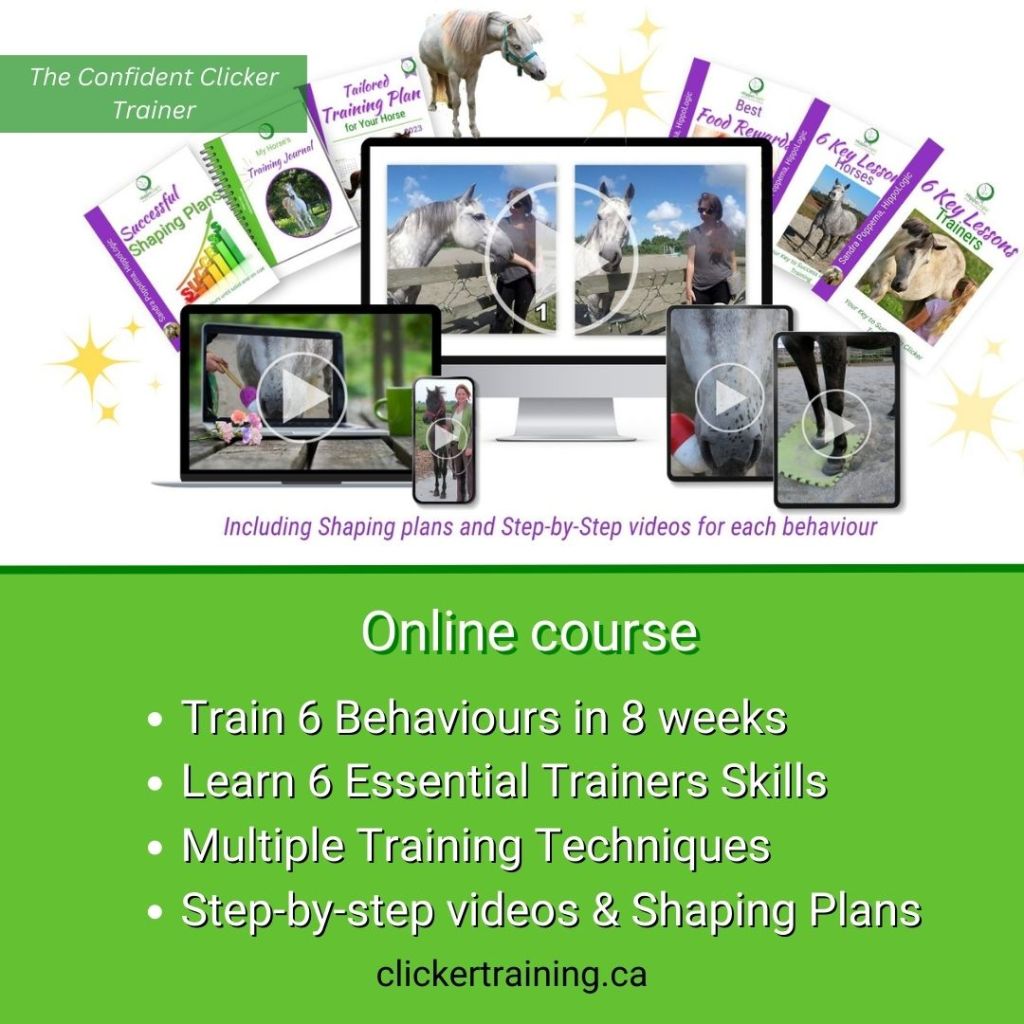

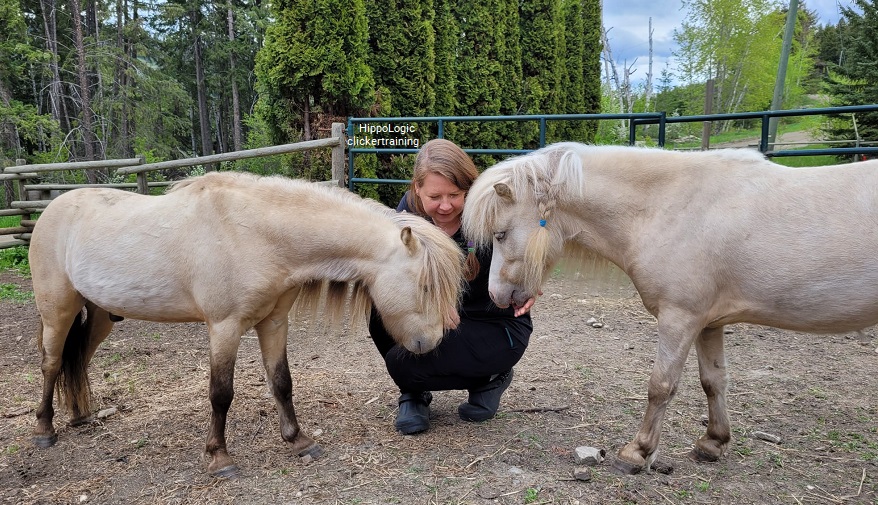




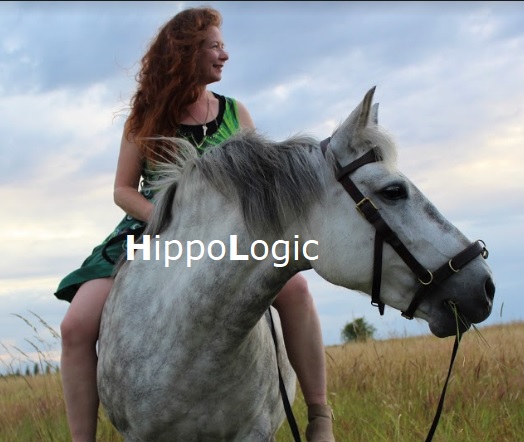

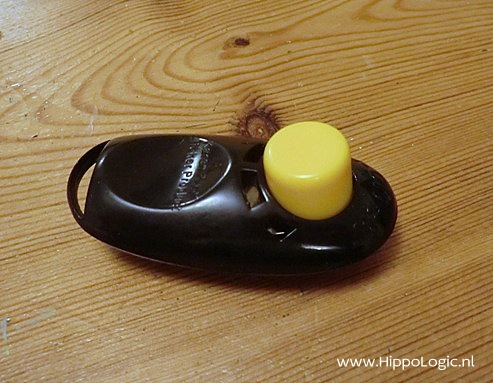




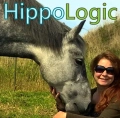


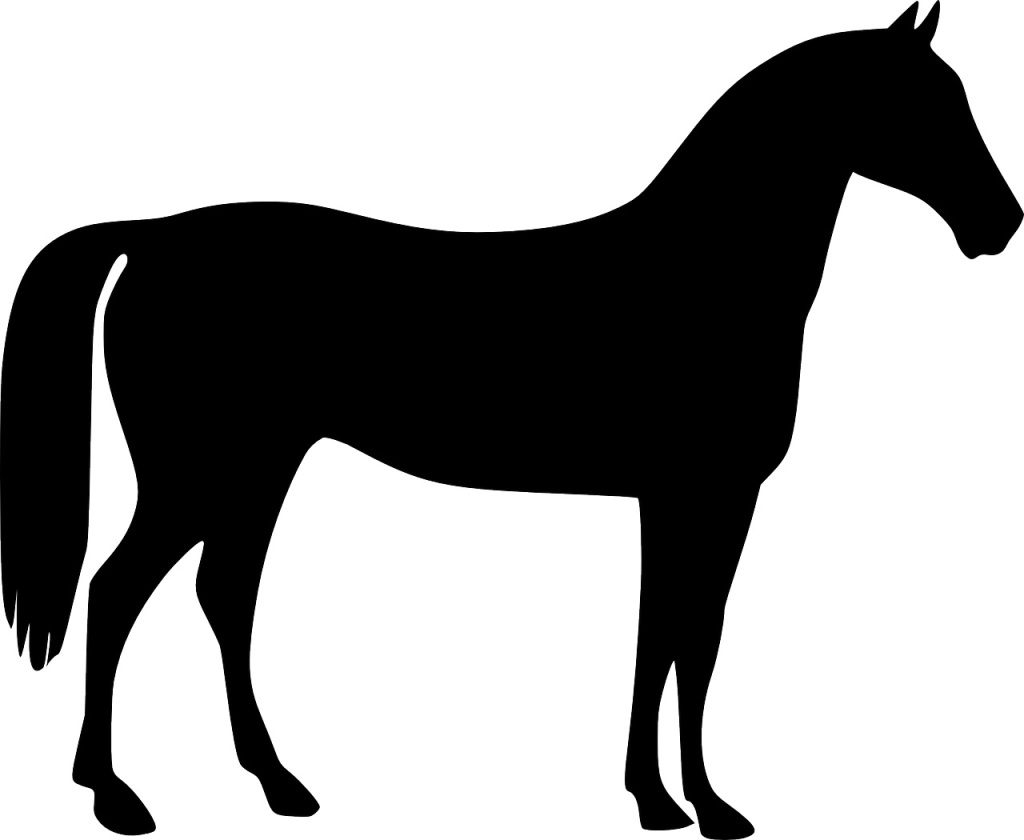









You must be logged in to post a comment.